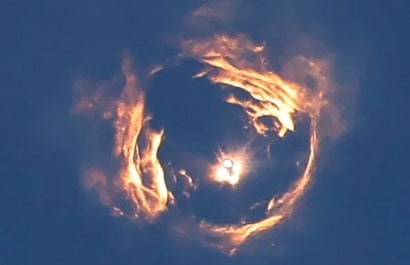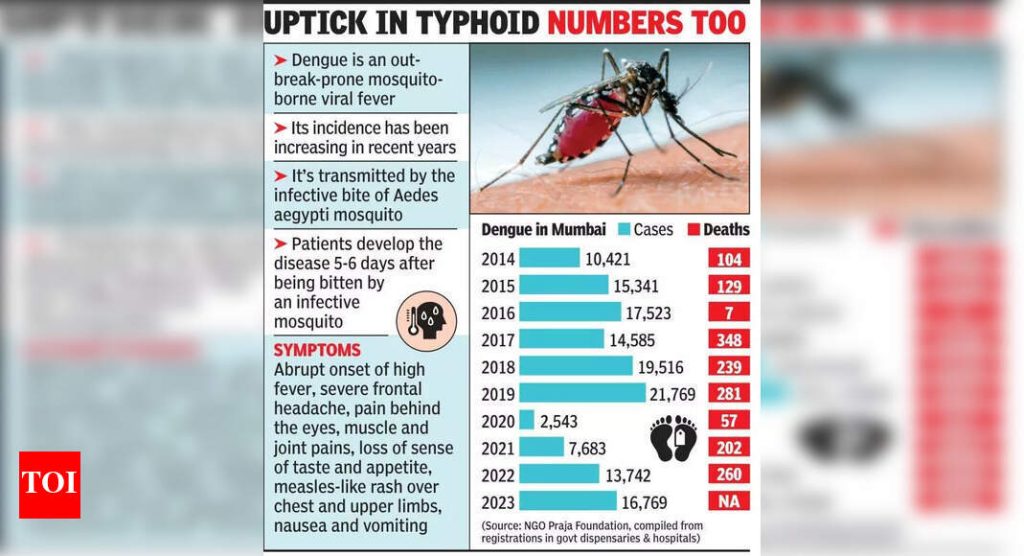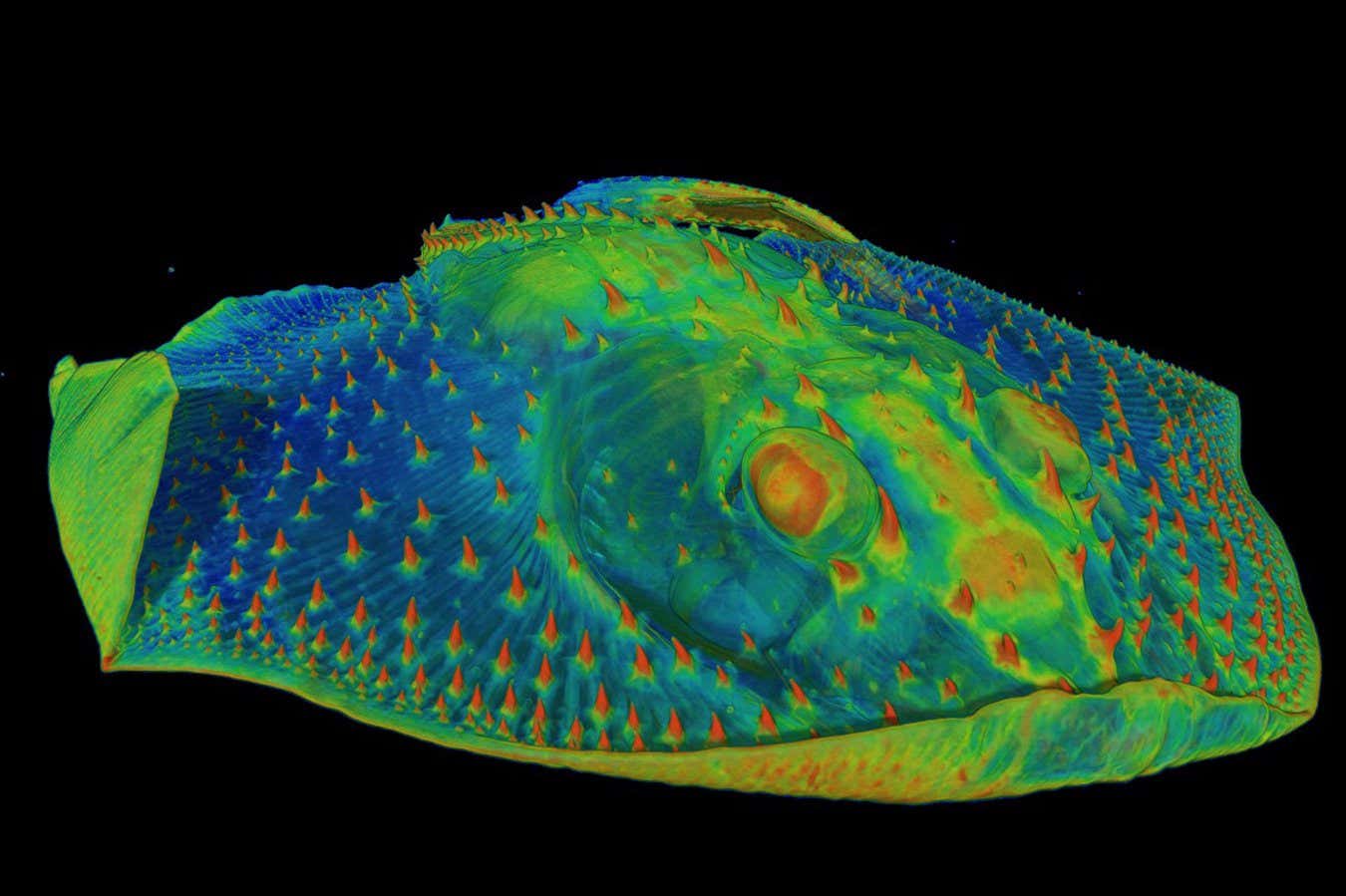On March 6, 2025, Starship’s eighth flight test successfully lifted off at 5:30 p.m. CT from Starbase in Texas. All 33 Raptor engines on the Super Heavy booster started up successfully and completed a full duration burn during ascent. After powering down all but the three center engines on Super Heavy, Starship ignited all six of its Raptor engines to separate in a hot-staging maneuver and continue its ascent to space.
The Two
On Flight 7 in January, SpaceX, said the vehicle suffered a harmonic response several times stronger than expected, creating additional stress on the vehicle’s propulsion system. That caused leaks that triggered a fire in the engine bay.
Flight 8, had torch ignition issues on individual Raptor Engines.
The Super Heavy booster then relit 11 of 13 planned Raptor engines and performed a boostback burn to return itself to the launch site. Once there, it relit 12 of the planned 13 engines for its landing burn, including one of the engines that did not start up for the boostback burn. The three center engines continued running to maneuver the booster to the launch and catch tower arms, resulting in the third successful catch of a Super Heavy booster.
The most probable cause for engines not relighting during the boostback and landing burn phases was traced to torch ignition issues on the individual engines caused by thermal conditions local to the igniter. Post-flight testing was able to replicate the issue and engines on future flights will have additional insulation as mitigation.
The timing of the Flight 8 failure was similar to Flight 7 in January, which also featured several engine shutdowns and a loss of communications about eight and a half minutes after liftoff. However, SpaceX says the two failures had different causes.
“While the failure manifested at a similar point in the flight timeline as Starship’s seventh flight test, it is worth noting that the failures are distinctly different,” the company stated.
In the case of Flight 8, SpaceX said one of the center Raptor engines in Starship suffered a hardware failure. That failure enabled “inadvertent propellant mixing and ignition” that caused the loss of the Raptor. Immediately thereafter, the other two center Raptor engines shut down, along with one of the three outer vacuum-optimized engines with larger nozzles. The vehicle then lost control authority.

Brian Wang is a Futurist Thought Leader and a popular Science blogger with 1 million readers per month. His blog Nextbigfuture.com is ranked #1 Science News Blog. It covers many disruptive technology and trends including Space, Robotics, Artificial Intelligence, Medicine, Anti-aging Biotechnology, and Nanotechnology.
Known for identifying cutting edge technologies, he is currently a Co-Founder of a startup and fundraiser for high potential early-stage companies. He is the Head of Research for Allocations for deep technology investments and an Angel Investor at Space Angels.
A frequent speaker at corporations, he has been a TEDx speaker, a Singularity University speaker and guest at numerous interviews for radio and podcasts. He is open to public speaking and advising engagements.























